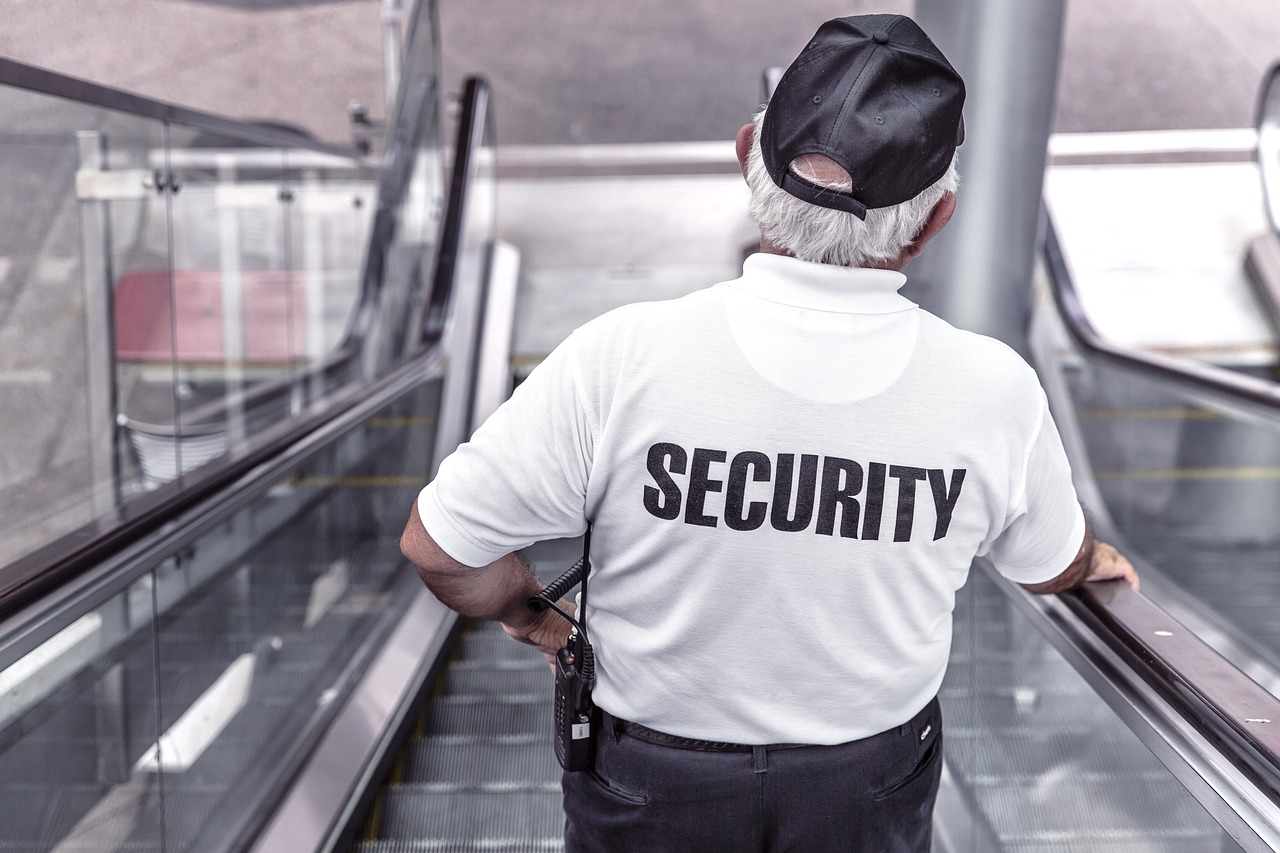Skift Take
While most U.S. venues have floor plans available online, new UK legislation will limit access to venue floor plans to thwart potential terrorist attacks.
Creating a successful event is an intricate process. A venue layout or floor plan is essential to mapping out a particular event space. The detail is crucial and entails much more than knowing maximum capacities and square footage. The location of sconces, airwall pocket extrusions, alcoves, and ceiling heights can significantly impact the setup of AV equipment for presentations and other aspects of event production.
While many venues openly share detailed floor plan information online, there is an inherent risk in making this type of information readily available to the general public.
The world in which we live is not getting any safer. Unfortunately, meetings and events can be the target of acts of terrorism. In the U.S., the events industry maintains a reactive stance in response to the ongoing problem. However, other countries are being proactive in protecting attendees in light of violent attacks seen during events.
UK Enacts Proactive Law
On May 22, 2017, the Manchester Arena in Manchester, England, was the site of a terrorist suicide bombing during an Ariana Grande concert with 14,000 people in attendance. This tragic event resulted in the passing of new UK legislation known as “Martyn’s Law,” named for 29-year-old Martyn Hett, one of 22 victims of the attack. It will go into effect in 2024.
According to Emma Thurlow, business and sales manager for the Brighton Centre, one of the impacts of the legislation is eliminating the online distribution of venue layouts or floor plans and restricting access to sensitive documents to only vetted event professionals.
While quickly accessing the exact dimensions of an event space is a pain point, it is at odds with ensuring attendee safety. “The exact venue information should never be on websites or made available for public consumption,” said Thurlow.
In 1984, the Brighton Centre was close to the bombing of the Grand Hotel situated next door. The bomber hid the explosive device in a hotel room for almost one month before the explosion, which killed five and injured 34. The attack targeted the then-Prime Minister Margaret Thatcher, who was taking part in the Conservative Party Conference.“ So in terms of counter-terrorism, it’s always been very much part of our DNA and is something we take very seriously,” Thurlow said.
The Brighton Center vets all planners and agencies before providing detailed venue information on the venue and its various spaces, including brochures and a video walk-thru. This method of safeguarding against potential bad actors also applies to site visits.
The work that came from creating Martyn’s Law also spurred a lot of criticism toward the venue, Thurlow explained, but also provided an opportunity to improve the venue’s security and better ensure the safety of attendees.
Events and Terrorism in the U.S.
The U.S. enacted the Patriot Act and created the Department of Homeland Security in the wake of the acts of terrorism on September 11, 2001. However, the current political discourse in the U.S. has made it increasingly difficult to enact legislation to curb acts of violence, such as mass shootings. Investigations into domestic terrorism have spiked by 357% between 2010 and 2021, according to a report published by the U.S. Government Accountability Office.
Security-focused legislation such as Martyn’s Law would likely face intense scrutiny and pushback due to the current political climate, said Senior Director of Arrive Management Alan Kleinfeld, a retired law enforcement officer with over 20 years of experience. “I think that certain laws that work in other parts of the world, such as Europe, wouldn’t fly in the U.S.,” he said. “Case in point, how we manage weapons and guns, the language we use around it sounds so restrictive and un-American.”
Accessing Venue Floor Plans
Most U.S. venues have floor plans for their spaces available online but often restrict access to essential documents, such as evacuation plans, when requested by event planners. “They won’t provide planners with this information because it often contains proprietary information, including certain training exercises and diagrams.”
One solution Kleinfeld pointed to is having the venue provide this information as a stipulation included in the RFP. “Another way around this obstacle is with a non-disclosure agreement,” he said. “This can be done directly with the planner organizing the event or with someone like myself working as a safety liaison between the planner and the venue.”
Kleinfeld noted a third option when facing hurdles in obtaining the necessary information from hotels. If a planner does not need access to sensitive information, the hotel can confirm it has safety measures in place, without revealing details. “I was representing a meeting planner and was their safety person for their conference,” he said. “I went to a hotel and they refused to give me any information on anything.” The reason for this, Kleinfeld explained, was that the venue saw the disclosure of this information as an insurance and liability issue. Ultimately, the venue provided a document to the planner stating that the venue did, in fact, have all the required safety measures that were being requested but were restricted in disclosing specific details.
Photo credit: Ryan McGuire / Pixabay





